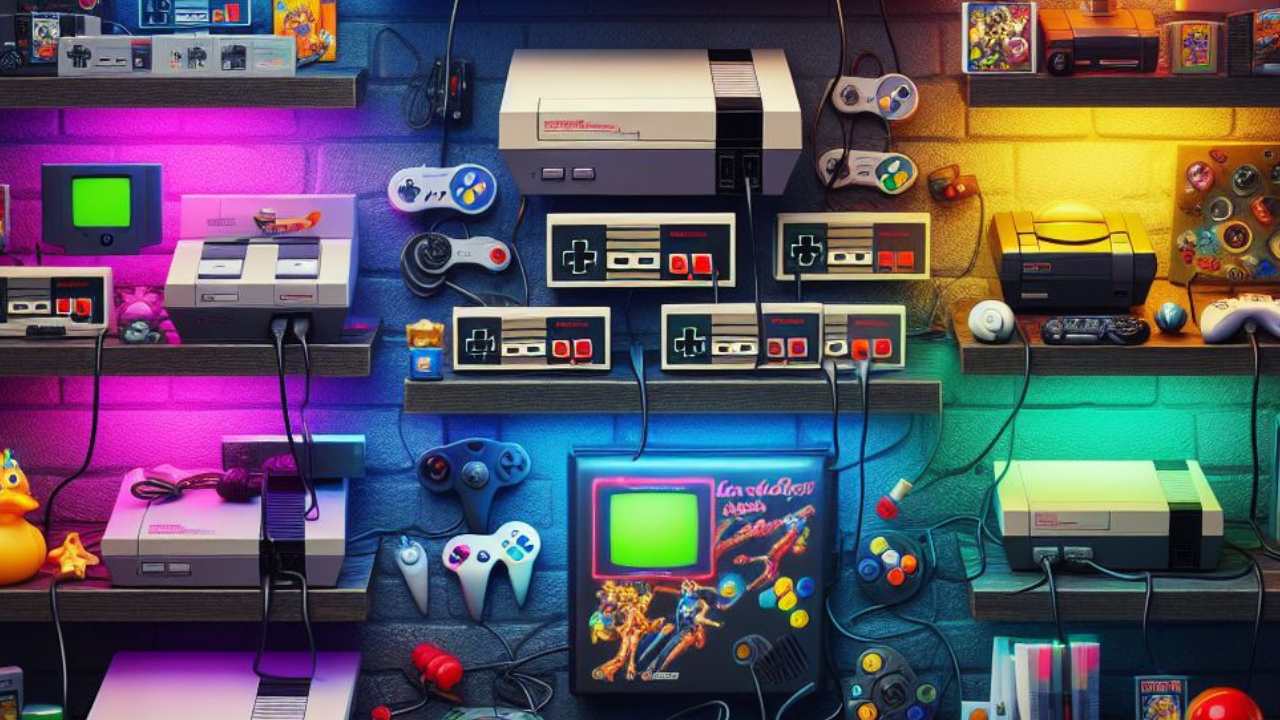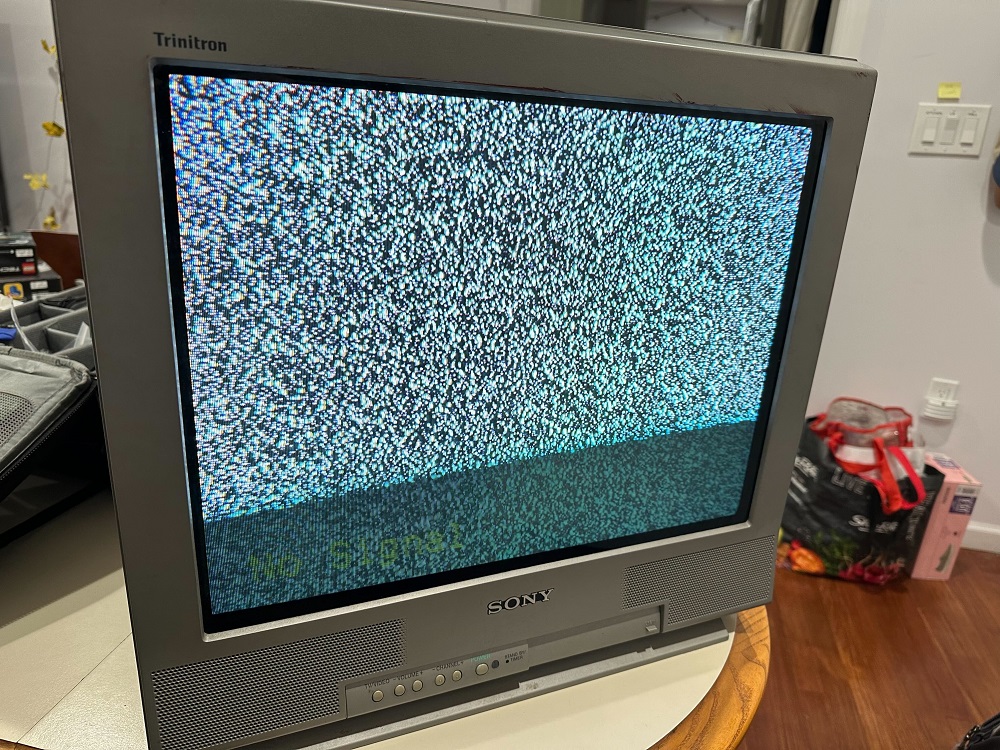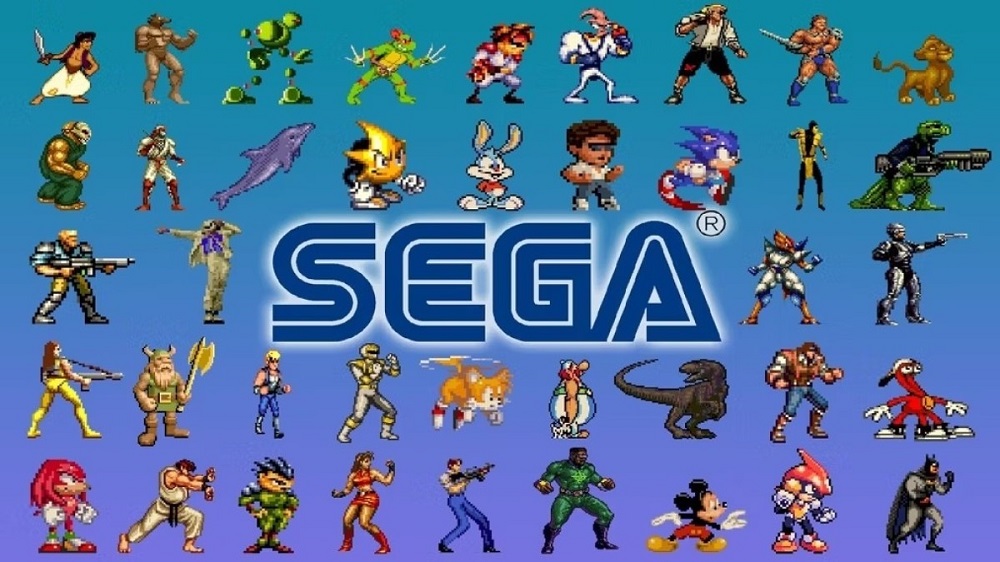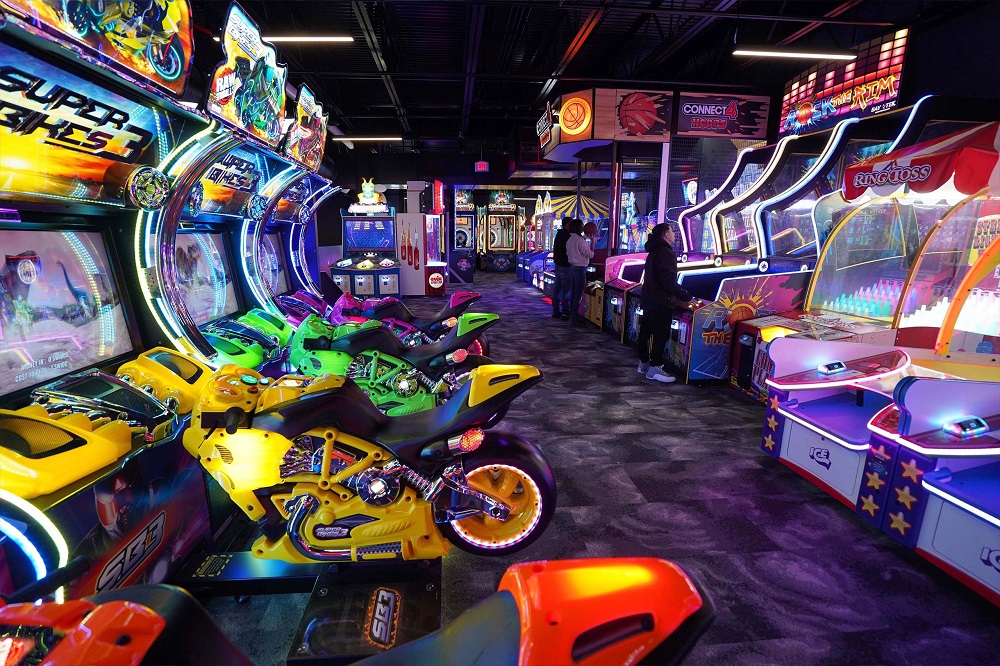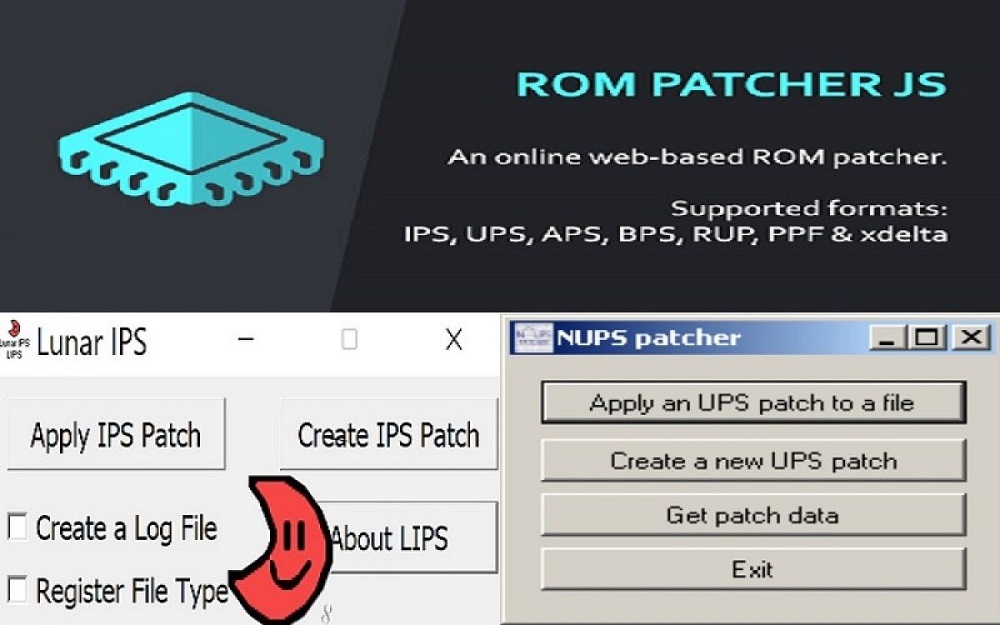In the last decade, retro gaming has staged a remarkable comeback. What began as a niche interest for dedicated collectors has exploded into mainstream culture, with mini classic consoles leading the charge. These shrunken-down machines promise not just gameplay, but a full nostalgic experience, wrapped neatly in a modern package with HDMI compatibility, preloaded games, and plug-and-play convenience.
For many gamers, these systems are a ticket back to childhood living rooms—complete with iconic startup sounds, pixelated visuals, and legendary soundtracks. For newcomers, they’re an easy gateway to explore gaming history without the hassle of hunting down vintage hardware.
Today, we take you through the biggest players in the mini console market, reviews their strengths and weaknesses, and explores why these tiny machines have such a massive cultural impact.
The Nostalgia Boom: Why Mini Consoles Took Off
The modern mini console trend officially kicked off in 2016 when Nintendo released the NES Classic Edition. The response was staggering—it sold out almost immediately, leading to a resale frenzy where prices shot up several times over the original retail value.
Several factors fueled the boom:
- Accessibility – No need for original cartridges, CRT TVs, or rare adapters.
- Simplicity – HDMI plug-and-play, no setup headaches.
- Authenticity – Consoles designed to replicate the look and feel of originals.
- Cultural Relevance – These consoles became collectibles, conversation pieces, and even décor.
This success encouraged other companies—Sega, Sony, and SNK—to release their own retro revivals.
NES Classic Edition – The One That Started It All
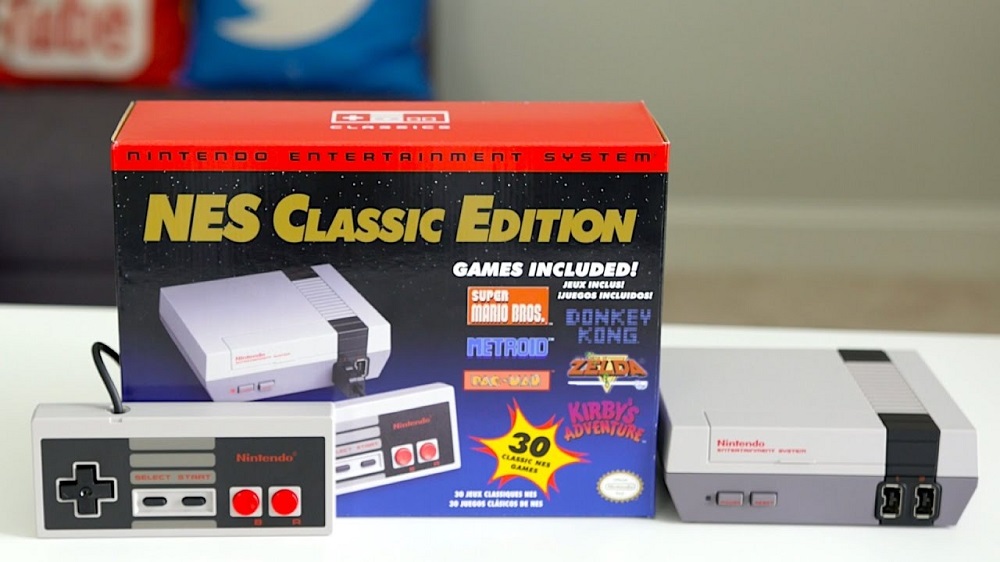
The NES Classic Edition packed 30 preloaded titles, including Super Mario Bros., The Legend of Zelda, Metroid, and Mega Man 2. It became the perfect starter kit for both nostalgic adults and curious younger players.
- Pros: Excellent emulation, authentic design, great game lineup.
- Cons: Short controller cables, closed ecosystem (no official way to add games).
For more on the console that changed gaming history, see NES Launch in the US: Reviving Gaming After the 1983 Crash.
SNES Classic Edition – Peak 16-Bit Gaming
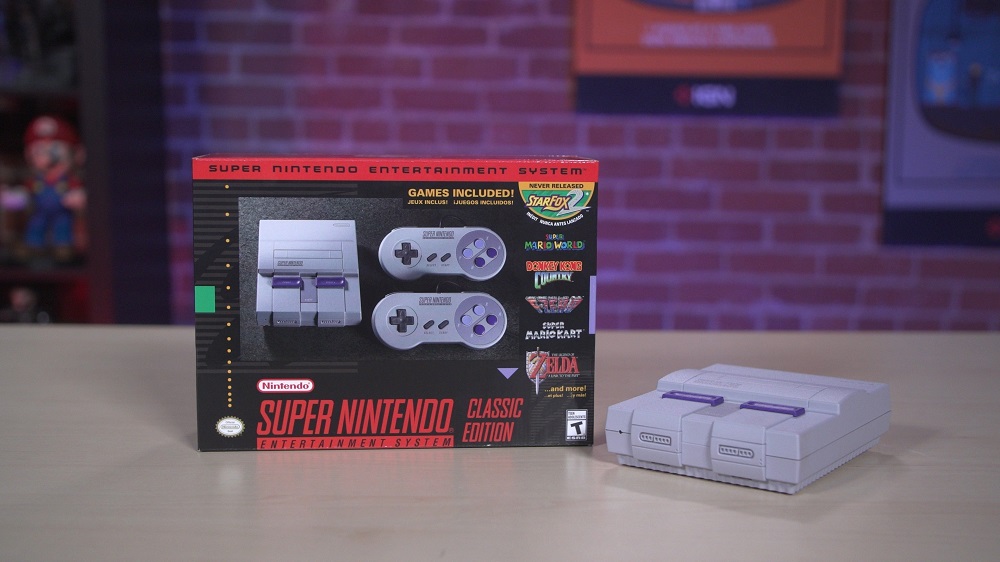
Released in 2017, the SNES Classic Edition delivered 21 top-tier games like Super Mario World, Donkey Kong Country, The Legend of Zelda: A Link to the Past, and Super Metroid. It even included the never-before-released Star Fox 2.
- Pros: High-quality emulation, two controllers included, great cooperative titles.
- Cons: Slightly pricier than the NES Classic, limited expandability.
For a full historical deep dive, check out Super Nintendo Entertainment System: A Timeless Classic.
Sega Genesis Mini – A Masterclass in Retro Love
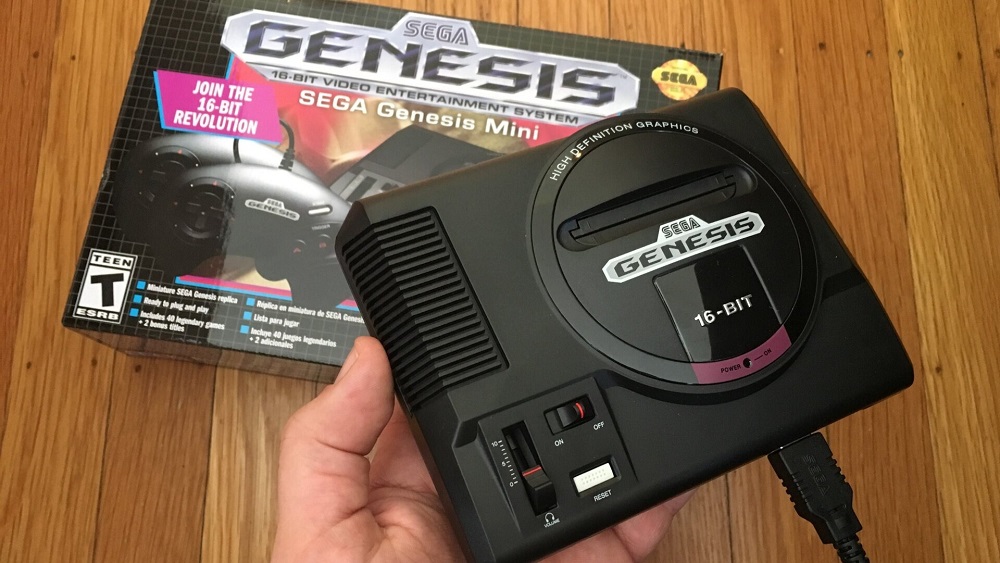
The Sega Genesis Mini launched in 2019 and instantly earned praise from Sega fans. Featuring 42 preloaded games—including Sonic the Hedgehog, Streets of Rage 2, and Gunstar Heroes—and emulation by the legendary M2, this was Sega at its best.
- Pros: Huge game library, excellent performance, authentic feel.
- Cons: Some regions received the less versatile 3-button controller instead of the 6-button version.
For more on Sega’s role in the console wars, see Sega Genesis vs. SNES: The 16-Bit Console War Begins.
PlayStation Classic – A Lesson in Expectations
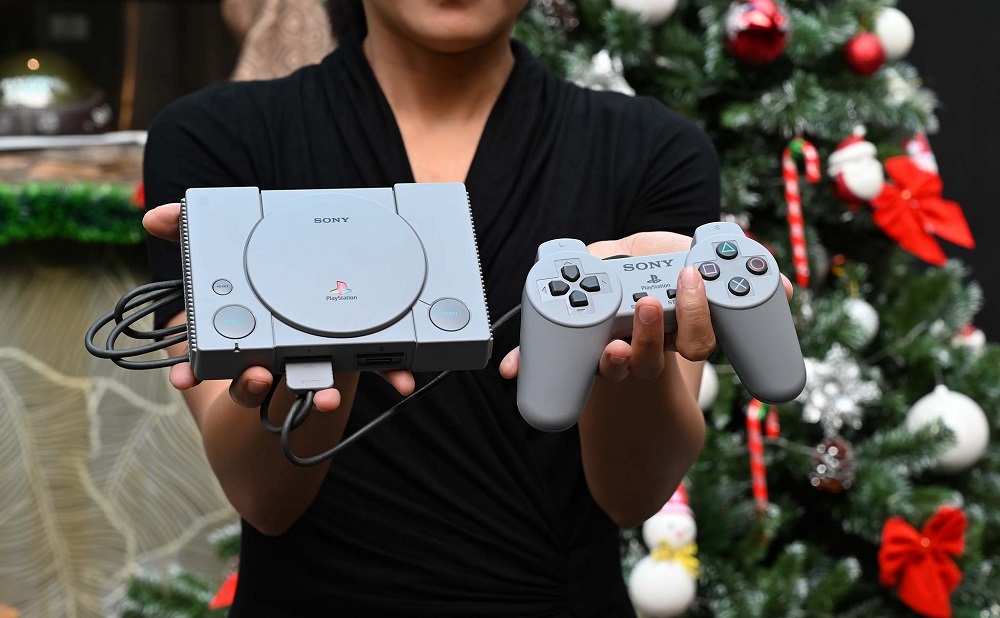
Sony’s PlayStation Classic had all the potential to ride the nostalgia wave, but stumbled with questionable game choices and emulation issues. Despite including classics like Final Fantasy VII and Metal Gear Solid, the use of PAL versions for certain games and lack of analog controller support hurt its appeal.
- Pros: Beautiful hardware design, iconic brand recognition.
- Cons: Underwhelming library, performance inconsistencies.
Neo Geo Mini – Arcade Nostalgia in Miniature
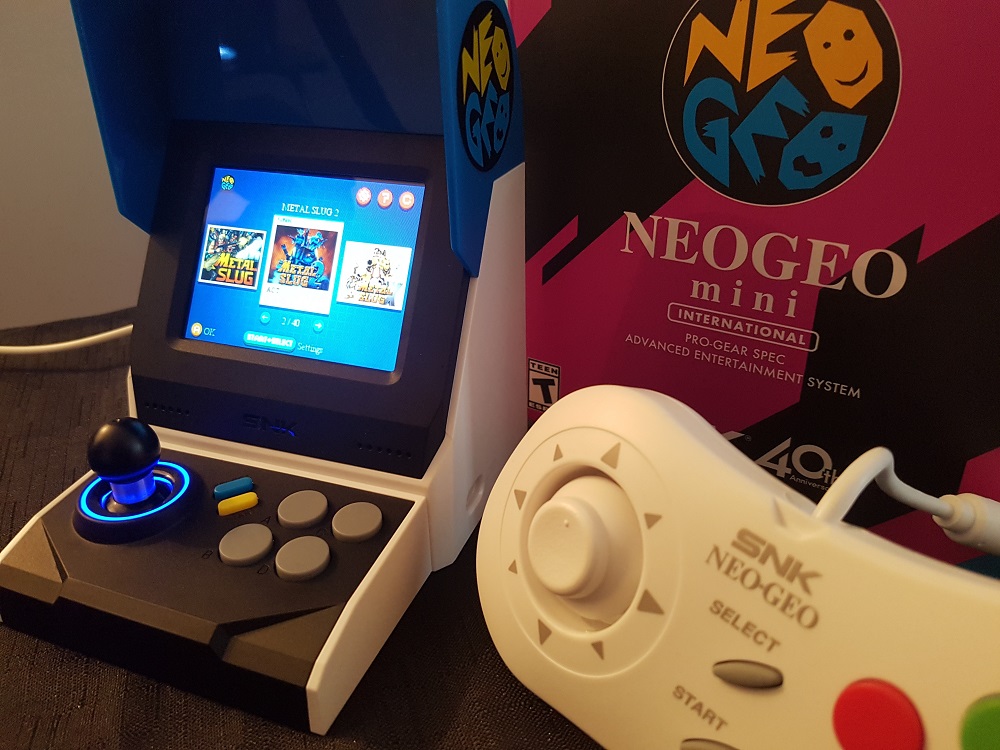
SNK took a different approach with the Neo Geo Mini—a tiny arcade cabinet with its own screen and 40 preloaded games. It catered heavily to fighting game fans with titles like King of Fighters, Samurai Shodown, and Metal Slug.
- Pros: Built-in screen for portable play, unique design.
- Cons: Small buttons, cramped layout for long sessions.
The Mini Console Experience: More Than Just Games
Owning a mini console isn’t just about gameplay—it’s about reliving rituals. The tactile click of a D-pad, the look of a start screen, even the packaging design—it’s all part of the nostalgia package.
Modern conveniences like save states and upscaled visuals make the experience smoother, while still retaining the charm of the originals.
The Collector’s Perspective
Mini consoles have also become collector’s items. Limited runs and discontinued models, like the NES Classic, have skyrocketed in value. Box condition, seal quality, and region variants can drastically impact resale prices.
For collectors, these systems serve both as display pieces and functional gaming hardware—bridging the gap between preservation and play.
Comparing the Top Mini Consoles
| Console | Year | Game Count | Emulation Quality | Price (Launch) | Best For |
|---|---|---|---|---|---|
| NES Classic | 2016 | 30 | Excellent | $59.99 | Beginners, nostalgia seekers |
| SNES Classic | 2017 | 21 | Excellent | $79.99 | 16-bit fans |
| Sega Genesis Mini | 2019 | 42 | Outstanding | $79.99 | Sega enthusiasts |
| PlayStation Classic | 2018 | 20 | Average | $99.99 | PS1 fans (with mods) |
| Neo Geo Mini | 2018 | 40 | Good | $109.99 | Arcade fighting fans |
Looking Ahead – The Future of Mini Consoles
While the initial boom has cooled, there’s still demand for well-crafted mini systems. Potential future hits could include:
- Nintendo 64 Mini – Offering Super Mario 64, Ocarina of Time, GoldenEye 007.
- Dreamcast Mini – Reviving Sega’s swan song with Crazy Taxi and Shenmue.
- Game Boy Classic – A portable revival with a backlit screen and rechargeable battery.
With retro gaming continuing to grow, companies may also explore cloud-based libraries and modular cartridge slots for a more flexible experience.
Final Thoughts
The mini console revolution has brought retro gaming back into the spotlight in the most consumer-friendly way possible. Whether you’re a casual player, dedicated collector, or simply curious about gaming history, there’s likely a mini system that fits your needs.
And while original hardware still holds a special place in many hearts (especially when paired with CRT TVs—see Why CRT TVs Still Matter for Retro Consoles), mini consoles ensure that these timeless games remain accessible for everyone.
We see them not as replacements, but as celebrations—compact tributes to the consoles that shaped entire generations.
